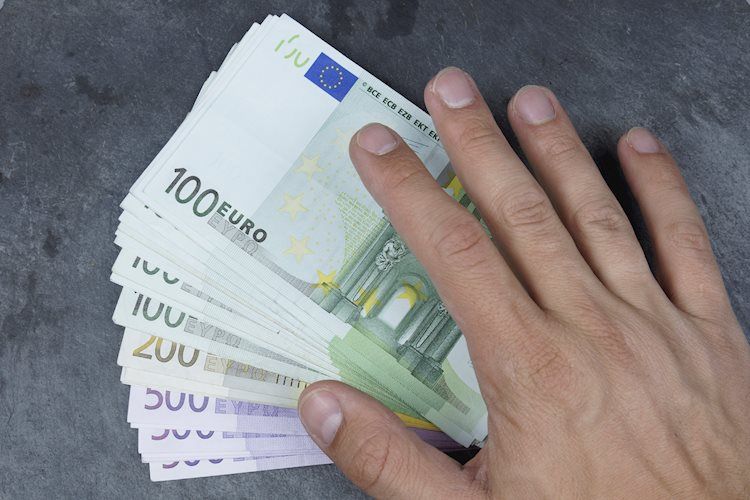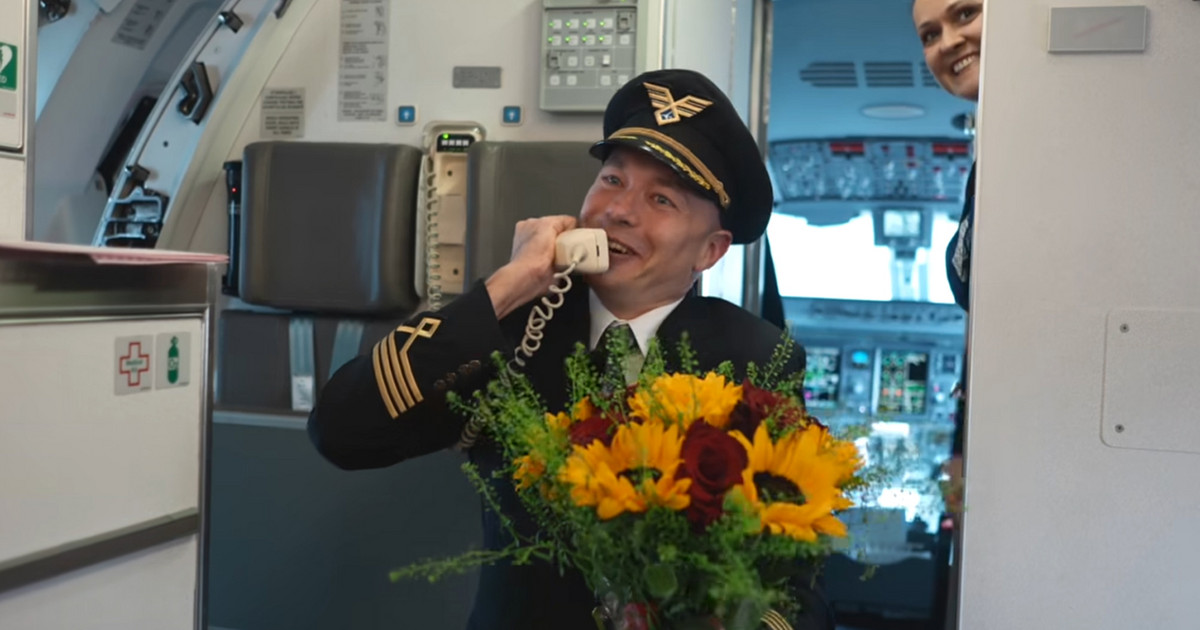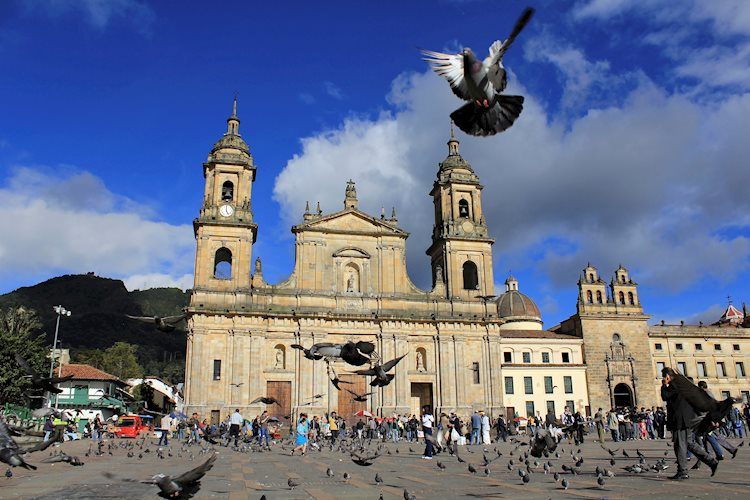How long does the perfect dinner last? At the Quirinale they have no doubts: forty-five minutes, neither one more nor one less. Three quarters of an hour in which everyone, as in an orchestra, is called to do their part without errors and without being overwhelmed by tension, because the success of an event depends on all those who work behind the scenes.
And behind the scenes of the events hosted by the Quirinale he accompanies us Lorenza Scalisi with her new book (just published by L’ippocampo), All the dishes of the Presidents. Thirty years of recipes, stories and anecdotes in the kitchens of Palazzo del Quirinale. A book that has had a long genesis, as the author says: “during Expo, in 2015, I happened to interview the chef of the Quirinale Fabrizio Boca, and I immediately got the idea that it would be nice to do a book with him. I submit the idea, which however remains in a drawer for a couple of years until, in November 2017, they called me to the Quirinale to attend, together with photographer Chiara Cadeddu, our first event there. Since then, every time a business visit, an official or a state visit was planned to the palace (the latter being the most prestigious occasion) we have been called to observe and document everything, with the possibility of observing from inside a incredible job”.
A perfectly oiled machine
Yes, because everything is perfectly studied, from the shopping list to the preparation of the menu (which must never be repeated), from establishment to the ironing of meters and meters of tablecloths used to set up the tables. Who takes care of everything? Fabrizio Boca, the chef who entered the kitchens of the building at a very young age and never left it, and Domenico Santamaria, food & beverage manager who coordinates all the hospitality services and receptions: next to them there are waiters, sommeliers, a real kitchen brigade and many very young people, often just out of hotel establishments throughout Italy and who have started working here thanks to internships , «All very proud to do that job» says Lorenza Scalisi again «despite the fatigue and stress of a day that begins at seven in the morning».
From the menu to the preparation of the table
But how is an event born? As a rule, it starts a couple of weeks in advance, when the confirmation (and the guest list) arrives from the ceremonial service: from that moment on it begins to think about the menu, any allergies or intolerances, simple preferences or special diets (even in the case of non-Catholic guests). Then, based on the number of guests the most suitable room is chosen: one of the most sought after is the one hosted in Torrino, the highest part of the building which offers a magnificent view over the city. The room is also the only one that is not frescoed or decorated with gold, mirrors and stuccoes: simply, there is no need, and just pull the curtains away to enjoy an unforgettable show. The establishment then it must be truly flawless, with the tablecloths that must be ironed to perfection, the silver mats polished with care and placed exactly three fingers from the edge of the table (and the three fingers must always be the same), glasses, cutlery, napkins, the menus bordered by a cord with the colors of the Italian flag and that of the visiting country. And then there are the flowers, and those are provided by Mauro Piacentini, manager of the Quirinale gardens, who in the book tells of the time when the centerpieces were all too similar to the flowers that softened the hat of the Queen Elizabeth. She, with a smile and a typically English sense of humor, avoided any embarrassment …
What can you eat at the Quirinale?
And here the guests begin to arrive… what will they find on their plates? The ingredients are simple and fresh, and of course the great Italian excellences are favored: the raw ham then arrives from Friuli Venezia Giulia, the pasta from Molise, the meats from Piedmont, i cheeses and the oil from Lazio, the farina from Veneto, i legumes from Umbria, the sale from Emilia Romagna, i tomatoes from Campania, while many of the vegetables are grown in the vegetable garden of the presidential estate of Castelporziano, about thirty kilometers from the city center. Simplicity is also the basis of the recipes (the book reports some of them: a For example, Barak and Michelle Obama were served tonnarelli of kamut with white sauce), in the best tradition of Italian cuisine and the Mediterranean diet. After all, Sandro Pertini loved above all spaghetti with tomato sauce… Small curiosity: the service at the Quirinale is strictly French, with the dishes presented on trays and not served on plates (in the book they are all photographed like this). It will be the diner himself to indicate to the waiter which portion to serve, to avoid embarrassment (and waste) in case one of the guests wants to skip one of the courses, or just wants to taste a bite.
And basically what Anthelme Brillat-Savarin wrote in his is really true Physiology of Taste: “Inviting someone to lunch means taking charge of the happiness of this person during the hours he spends under your roof”. And here at the Quirinale, happiness is obviously at home.
.
Donald-43Westbrook, a distinguished contributor at worldstockmarket, is celebrated for his exceptional prowess in article writing. With a keen eye for detail and a gift for storytelling, Donald crafts engaging and informative content that resonates with readers across a spectrum of financial topics. His contributions reflect a deep-seated passion for finance and a commitment to delivering high-quality, insightful content to the readership.






